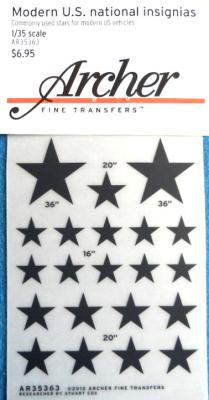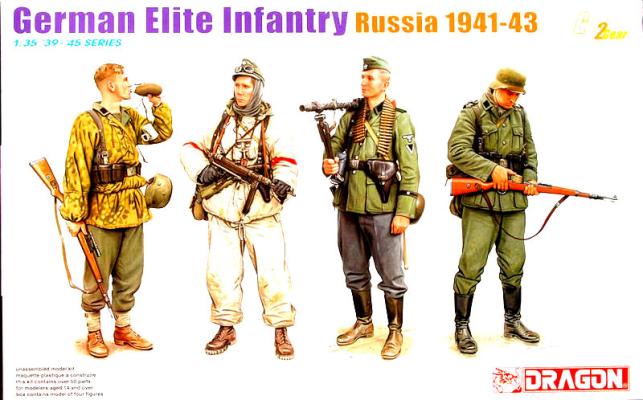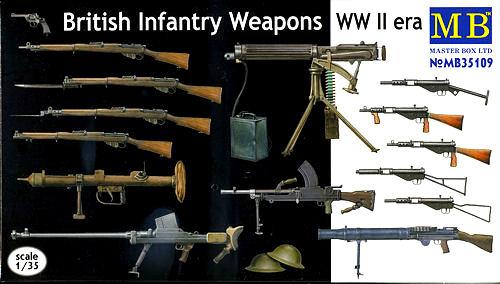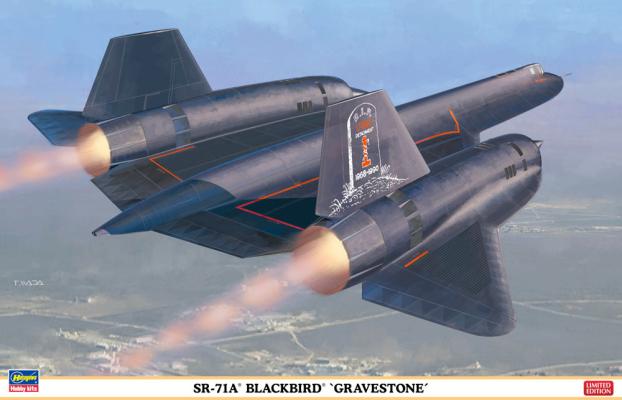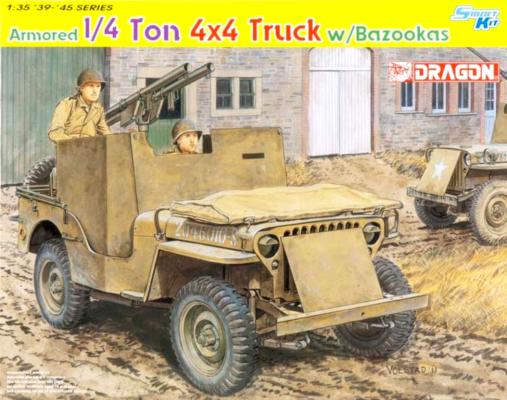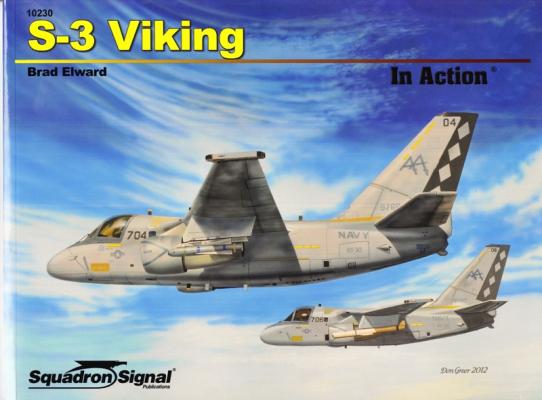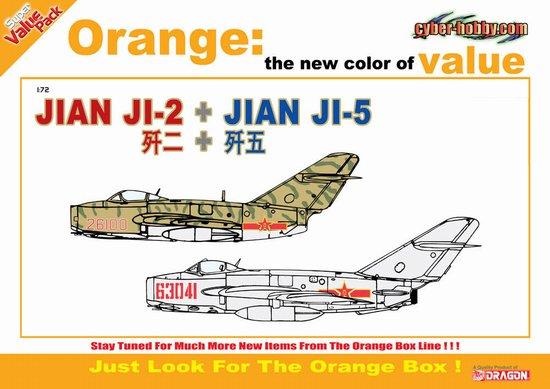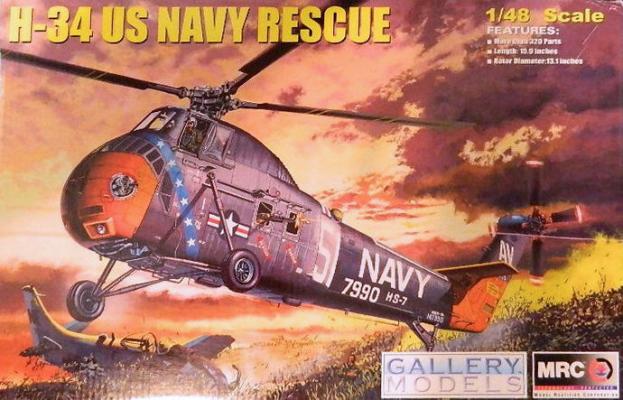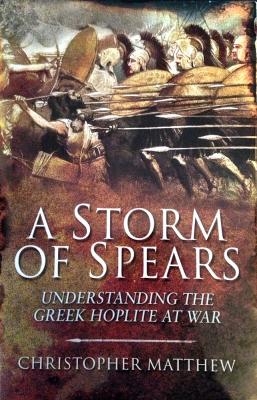Archer Fine Transfers has and always had the best and largest variety of transfers than any other company. I would venture to say over 90% of us in the scale modeling hobby have used an Archer product in one way or another. Some modelers I have met only use transfers and will use decals only when it is absolutely necessary.
Archer’s transfers are always of the highest quality and detail, and so simple to apply. However, there should be a high degree of concentration when applying them to the model because any movement while burnishing the transfer will ruin it. Whenever possible, I always cut out the particular transfer that I am going to apply from the sheet because it is very possible that another transfer, too close to the one that is being applied, can accidently adhere itself to the model. This is one of the downfalls, but very easy to avoid. Also, with transfers there are no do-overs, so proper placement of these transfers is of utmost importance.

